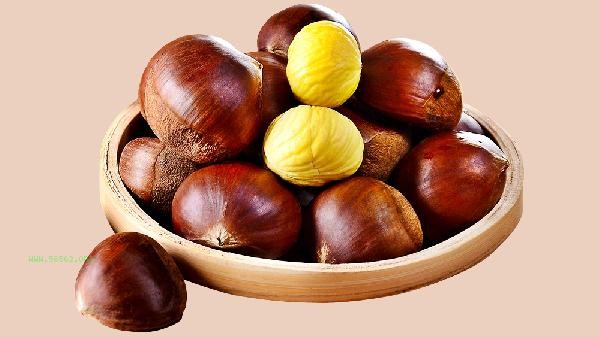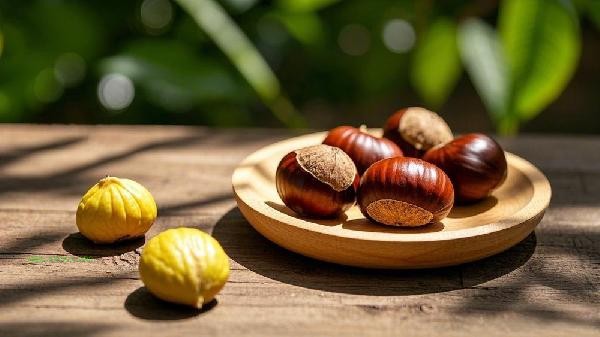Chestnuts can be quickly peeled using methods such as hot water soaking, incision baking, freezing, microwave heating, and knife back tapping. The operation is simple and can maintain the integrity of the fruit pulp.

1. Hot water soaking method
Boil fresh chestnuts in boiling water for 3-5 minutes, remove and immediately supercool. Thermal expansion and contraction separate the outer shell from the inner membrane, and complete peeling can be achieved by squeezing along the crack with the thumb. Pay attention to controlling the cooking time, excessive heating can cause the fruit pulp to become too soft. This method is suitable for large-scale processing and has a high peeling efficiency.
2. Cut baking method
Use a knife to make a cross cut on the curved surface of the chestnut, and place it in a 200 ℃ oven to bake for 10 minutes. The high temperature causes the shell at the incision to curl, and it can be easily peeled off by tearing along the incision while it is still hot. The roasting process can stimulate the aroma of chestnuts, but attention should be paid to preventing burns. This method is suitable for home operations that pursue flavor preservation.
3. Freezing method
After freezing raw chestnuts for 2 hours, they are taken out and left at room temperature for 5 minutes. The shell is more easily peeled off due to low temperature brittleness. Freezing creates ice crystal gaps between the flesh and shell, allowing for the complete removal of the nuts by cutting open the top with scissors. This method is particularly suitable for varieties with harder texture, but it is necessary to avoid repeated thawing that affects the taste.

4. Microwave heating method
Wrap wet chestnuts in kitchen paper and microwave on high heat for 30 seconds before removing. Internal steam causes the shell to expand and crack, which can be quickly peeled off with heat-resistant gloves. The time should be adjusted according to the microwave power, and the single processing capacity should not exceed 10 pieces. This method is the fastest and suitable for immediate consumption of small quantities.
5. Knife back tapping method
Place the chestnut flat on the cutting board and gently tap with the back of the knife until cracks appear on the shell. When breaking along the crack, the inner chorion should be torn off, and the impact force should be kept uniform. Traditional methods require high skills, but can maximize the integrity of fruit shape, making them suitable for cooking with high requirements for appearance.

It is recommended to cook or freeze the peeled chestnuts as soon as possible to avoid oxidation and discoloration. The thickness of chestnut shells varies greatly among different varieties, and the optimal treatment method can be determined through a small number of experiments first. Pay attention to the safety of tool use during handling, and adult supervision is required for child operation. Fresh chestnut is rich in vitamin B group and dietary fiber. Eating it moderately will help gastrointestinal health, but its sugar content is high. diabetes patients should control their intake.








Comments (0)
Leave a Comment
No comments yet
Be the first to share your thoughts!